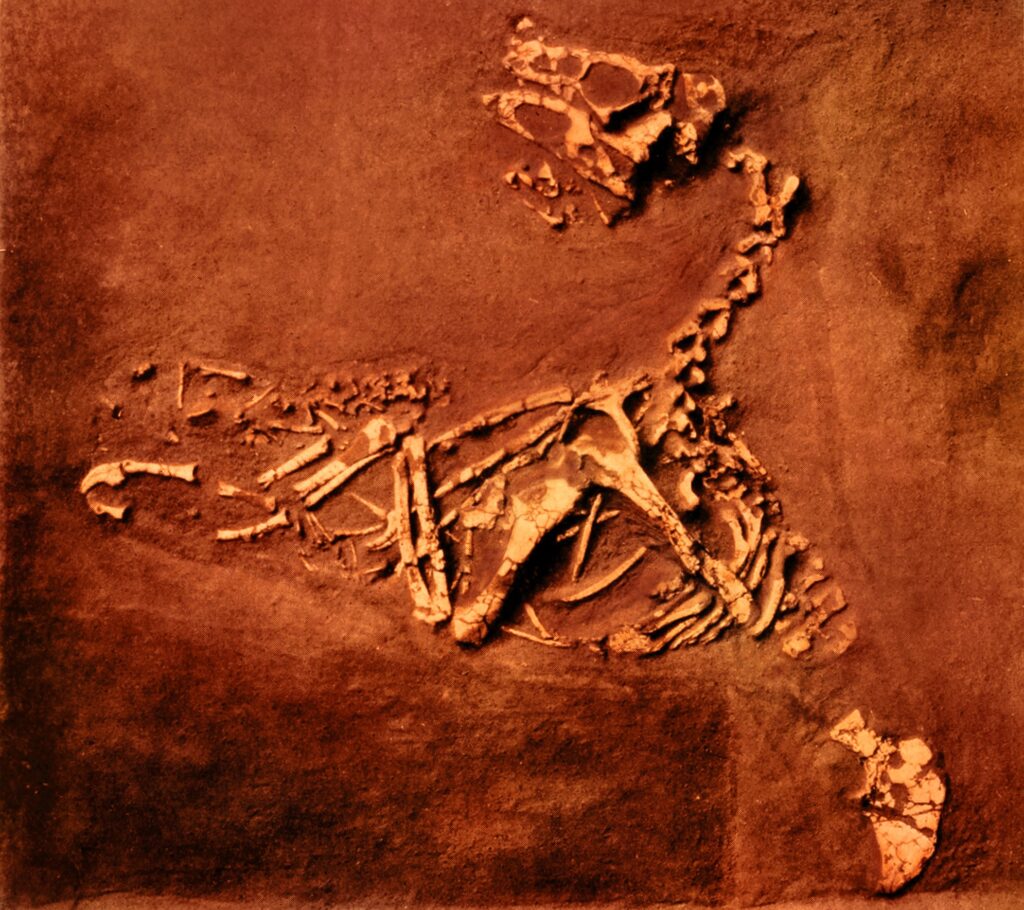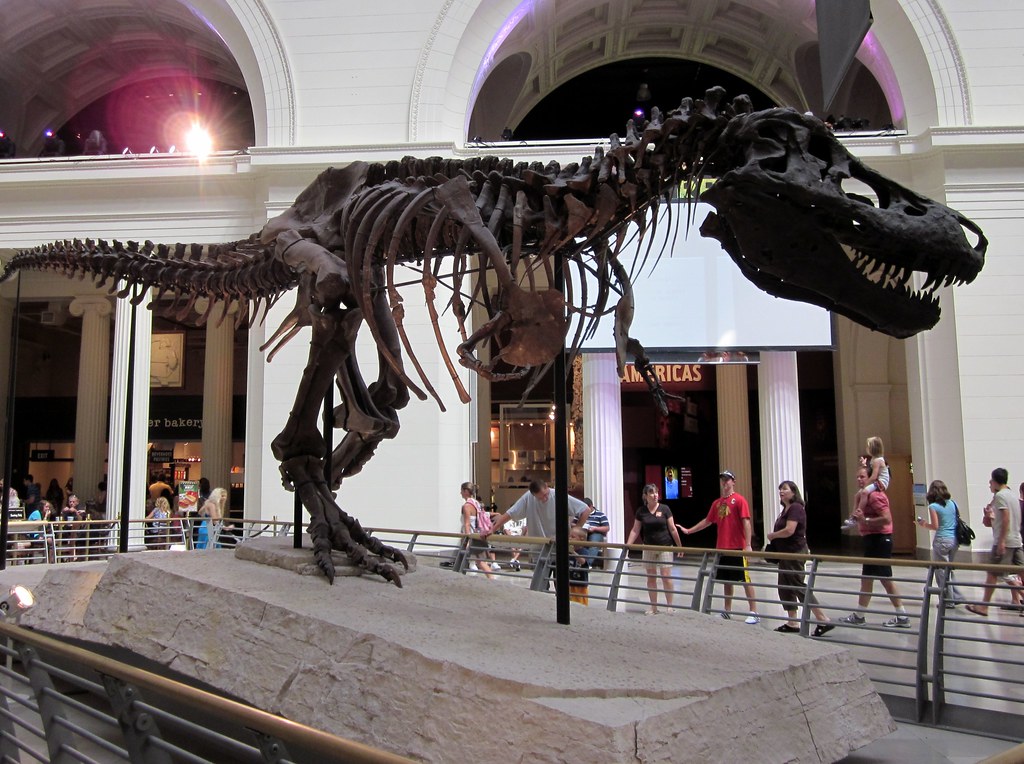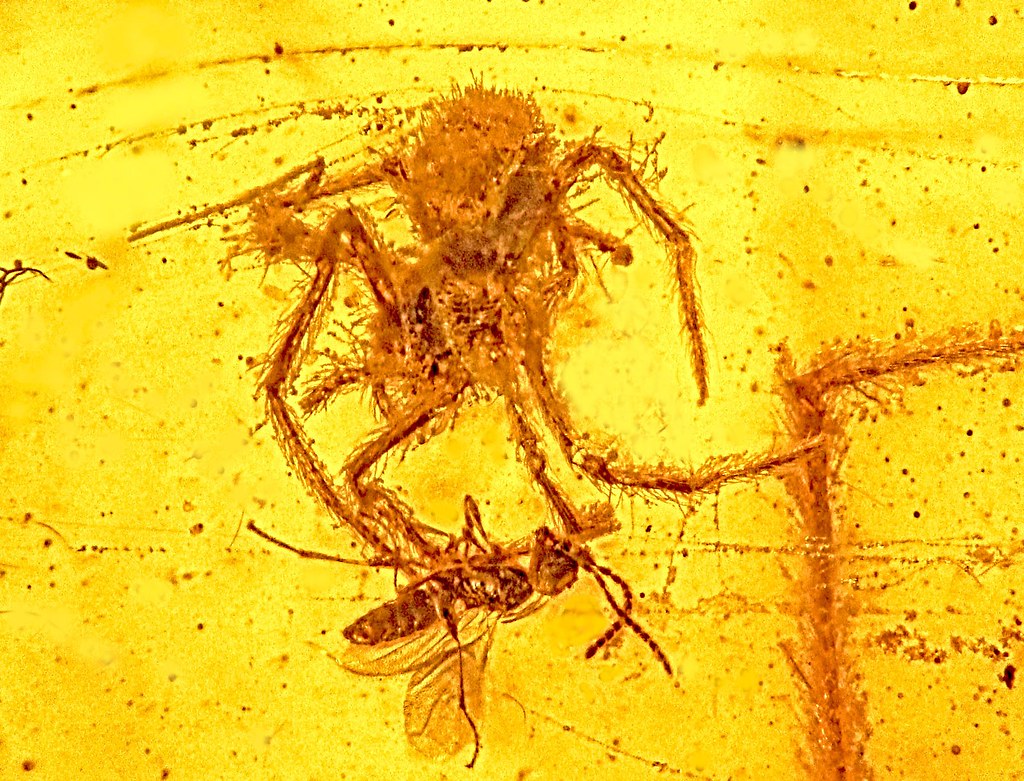When Mary Schweitzer first announced in 2005 that she had found soft tissue inside a 68-million-year-old T. rex bone, the scientific world erupted into controversy. This discovery seemed to contradict everything we knew about fossilization and the preservation of ancient organic material. Yet nearly two decades later, these findings have not only held up to scrutiny but have opened an entirely new field of research that’s reshaping our understanding of what can survive deep time.
What Exactly Is This “Soft Tissue”?
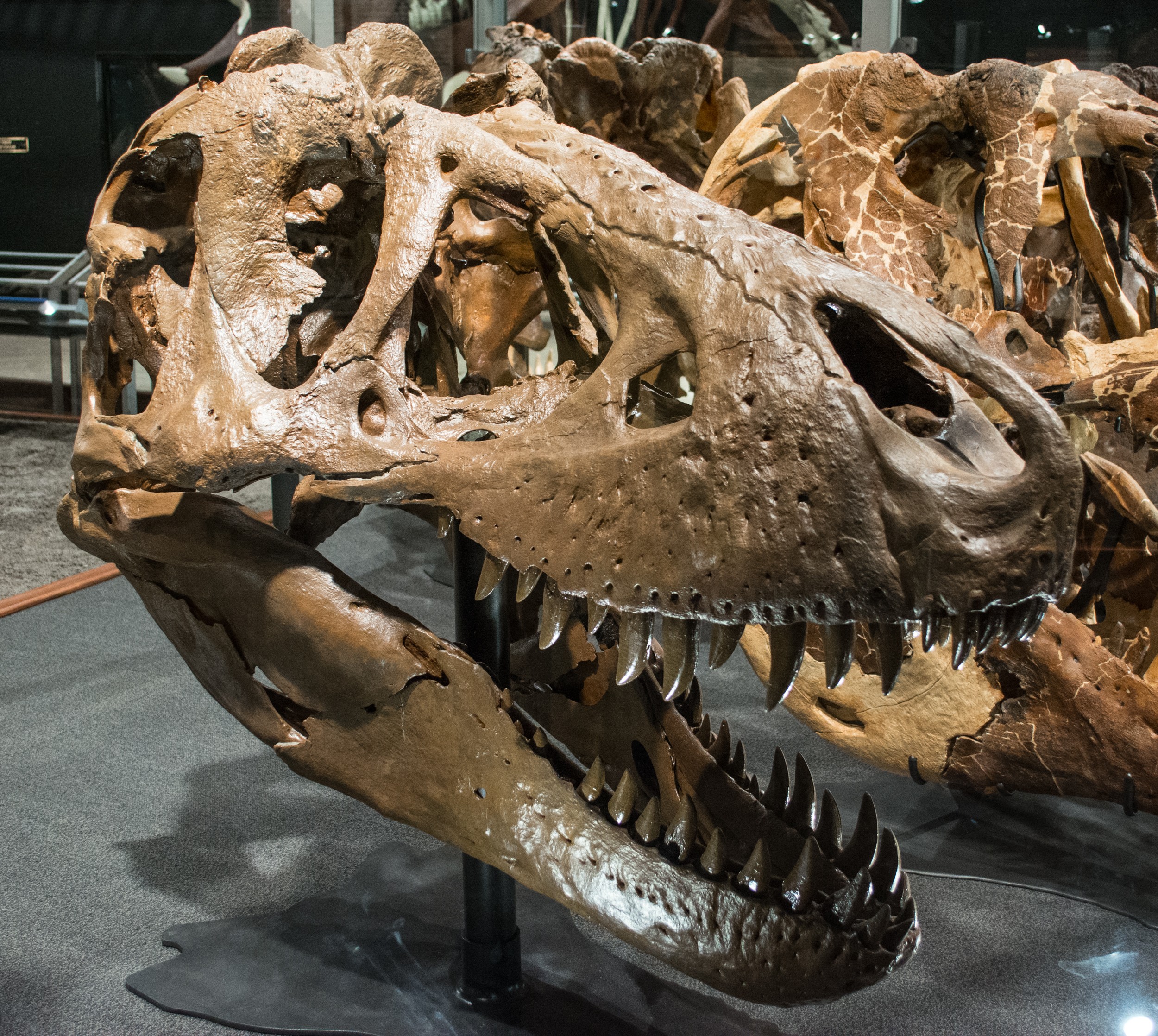
Schweitzer, one of the first scientists to use the tools of modern cell biology to study dinosaurs, has upended the conventional wisdom by showing that some rock-hard fossils tens of millions of years old may have remnants of soft tissues hidden away in their interiors. When researchers dissolve the mineral portion of certain dinosaur bones with acid, they don’t find empty spaces. Instead, they discover various types of flexible structures were recovered. They conform to the microscopic pores of the bone in which they had resided, so they are mainly viewed under a microscope.
These structures include transparent, branching hollow vessels that look remarkably similar to blood vessels found in modern animals like ostriches. Inside the dinosaur vessels are things Schweitzer diplomatically calls “round microstructures” in the journal article, out of an abundance of scientific caution, but they are red and round, and she and other scientists suspect that they are red blood cells. The tissue itself displays properties that seem impossible for something millions of years old – it’s fibrous, stretchy and resilient –after being stretched, it returned to its normal shape.
The Iron Connection: Nature’s Accidental Preservative

The key to understanding how these structures survived lies in an element abundant in blood: iron. According to new research, iron in the dinosaur’s body preserved the tissue before it could decay. When an animal dies, the protective mechanisms that normally keep iron safely contained within proteins like hemoglobin break down. “When we die, that protective mechanism breaks down and the iron is turned loose on our tissues – and that destructive process can act in much the same way formaldehyde does to preserve the tissues and proteins.”
Schweitzer and her colleagues found that dinosaur soft tissue is closely associated with iron nanoparticles in both the T. rex and another soft-tissue specimen from Brachylophosaurus canadensis, a type of duck-billed dinosaur. To test this theory, they conducted an elegant experiment using modern ostrich blood vessels. The blood vessels left in water turned into a disgusting mess within days. The blood vessels soaked in red blood cells remain recognizable after sitting at room temperature for two years.
Why DNA Is the Ultimate Lost Cause
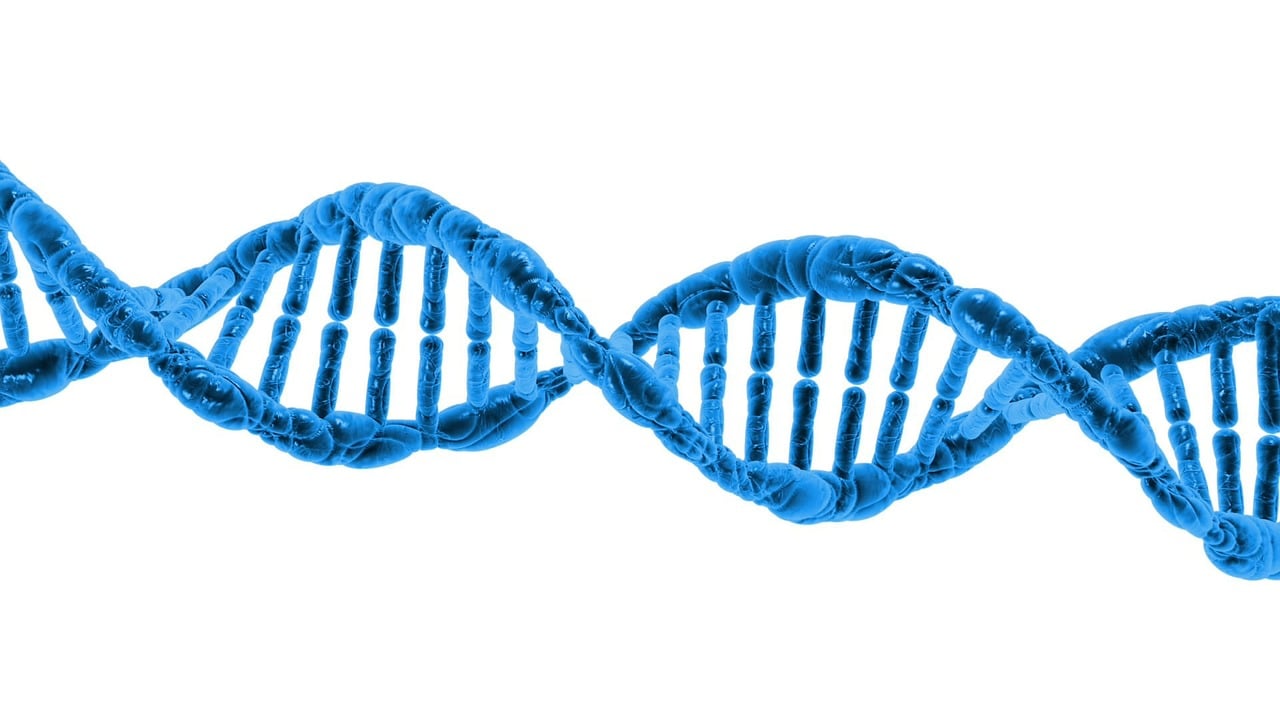
Despite the remarkable preservation of proteins and cellular structures, DNA tells a completely different story. Even under the best preservation conditions, there is an upper boundary of 0.4–1.5 million years for a sample to contain sufficient DNA for sequencing technologies. The reason for this limitation lies in DNA’s fundamental chemistry and structure.
In living cells, DNA molecules continuously suffer chemical insults, which are countered by enzymatic repair mechanisms that maintain the integrity of the genome. On death, these cellular repair mechanisms cease to function. Without these protective systems, DNA becomes vulnerable to numerous destructive processes. Solving the equation yielded a molecular half-life of 521 years for the targeted 242 bp mtDNA fragment, and assuming a Poisson distribution, the per site decay rate (k) was 5.50 × 10–6 per year. This means that even under ideal conditions, all the DNA bonds would be completely destroyed in bone after about 6.8 million years.
The Protein Advantage: Built to Last

Proteins, particularly structural proteins like collagen, are fundamentally different from DNA in their ability to withstand the test of time. “Proteins, particularly those found in calcified tissues like bone, are more stable than DNA and are less susceptible to degradation and contamination. This makes them ideal candidates for studying ancient diseases, including cancer, in paleontological specimens.”
The key difference lies in protein structure and chemistry. While DNA is a delicate double helix held together by relatively weak hydrogen bonds, structural proteins like collagen form tough, rope-like fibers with extensive cross-linking. The tissue was collagen, they reported in the journal Science, and it shared similarities with bird collagen – which makes sense, as modern birds evolved from theropod dinosaurs such as T. rex. These proteins can become even more stable through natural chemical processes that occur after death.
Environmental Factors That Make the Impossible Possible

On the whole, they found that the depositional environment – where the specimens fossilized – had little impact on the ability to retrieve vessels from fossil samples. However, certain conditions do seem to favor preservation. In both cases, the fossils had been buried in sandstone (which may help wick away destructive enzymes from the corpse) and the fossils were analyzed within a relatively short time after excavation, which minimized degradation from sudden exposure to a new set of environmental conditions.
The microenvironment within bone pores creates its own protective space. Beside the effect of iron, being in contact with the mineral walls of the pores, and being sealed in tiny pores, away from the enzymes and other body chemicals, can act to preserve remnants of the original proteins. It’s like nature’s own time capsule, where the right combination of chemistry and isolation can preserve biological materials far longer than anyone thought possible.
The Contamination Question and Scientific Rigor
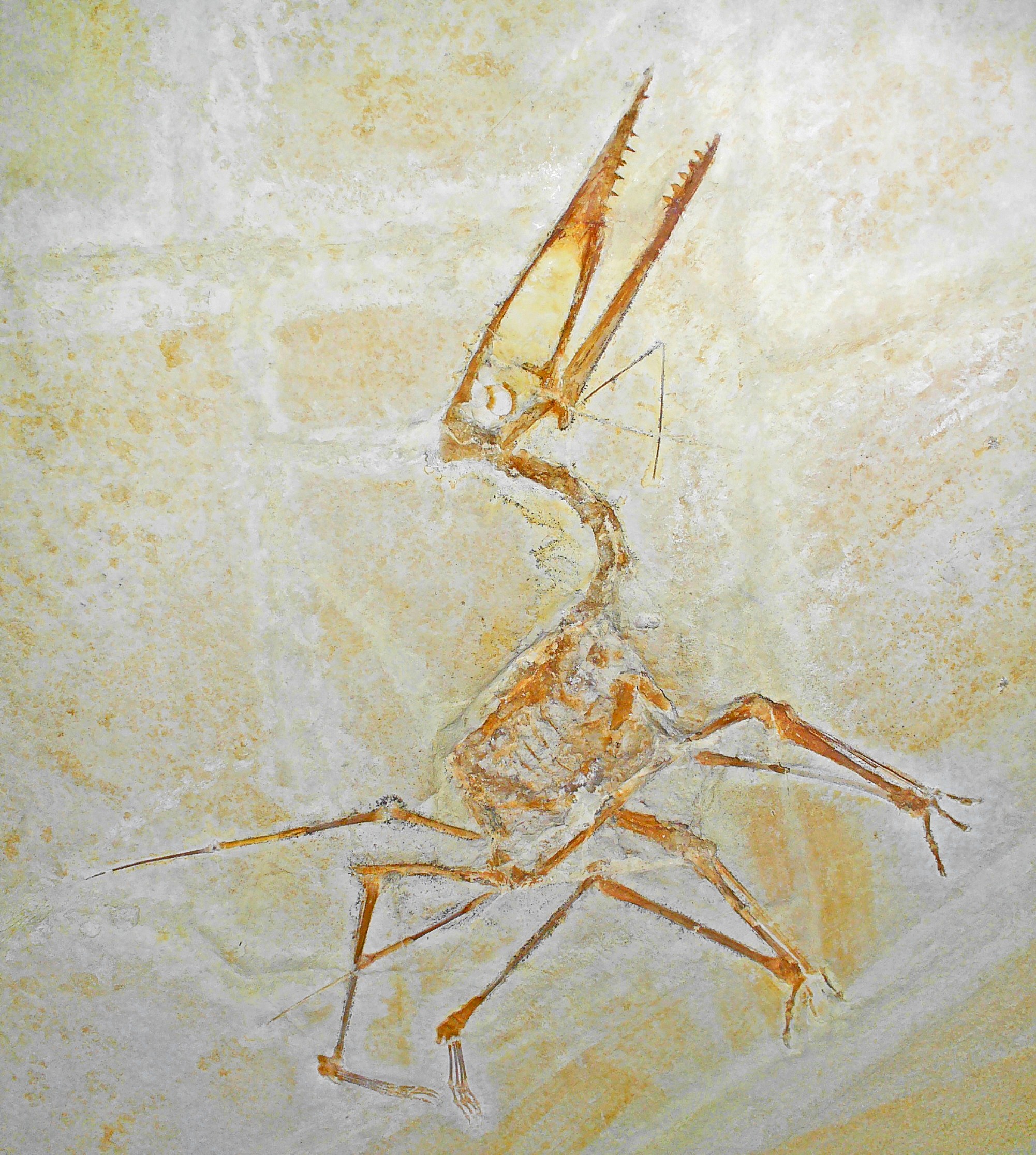
Skeptics initially questioned whether these findings represented genuine dinosaur tissue or modern contamination. Because of this, critics assert that what Schweitzer really found was a contaminated sample, not a breakthrough. Over 65 million years, there’s plenty of time for other life forms to contaminate the bones of a dinosaur.
However, extensive biochemical testing has addressed these concerns. Various biochemical tests have indicated that these structures are composed of animal protein, showing that they derive from the original dinosaur tissue, as opposed to being merely biofilms produced by microbes which invaded the bone pores. The tissue shows specific characteristics consistent with its ancient origin, including particular patterns of amino acid sequences and protein degradation that match what scientists would expect from genuinely ancient material.
Multiple Species, Multiple Discoveries

Uploaded by FunkMonk, CC BY 2.0, https://commons.wikimedia.org/w/index.php?curid=20243804)
What started as a single remarkable T. rex specimen has expanded into a growing catalog of similar finds. Schweitzer and Wittmeyer have now found probable blood vessels, bone-building cells and connective tissue in another T. rex, in a theropod from Argentina and in a 300,000-year-old woolly mammoth fossil. Recent research has shown even more promise for future discoveries.
The researchers tested demineralized bone fragments from six fossils: four T. rex specimens, one Brachylophosaurus canadensis and one ceratopsian (e.g., related to Triceratops), which ranged in age from roughly 65 million to 85 million years old. While the soft-tissue samples varied in quality, the research team successfully retrieved vessels from all six specimens. This suggests that soft tissue preservation might be far more common than previously believed.
Chemical Staining and False Hope for DNA
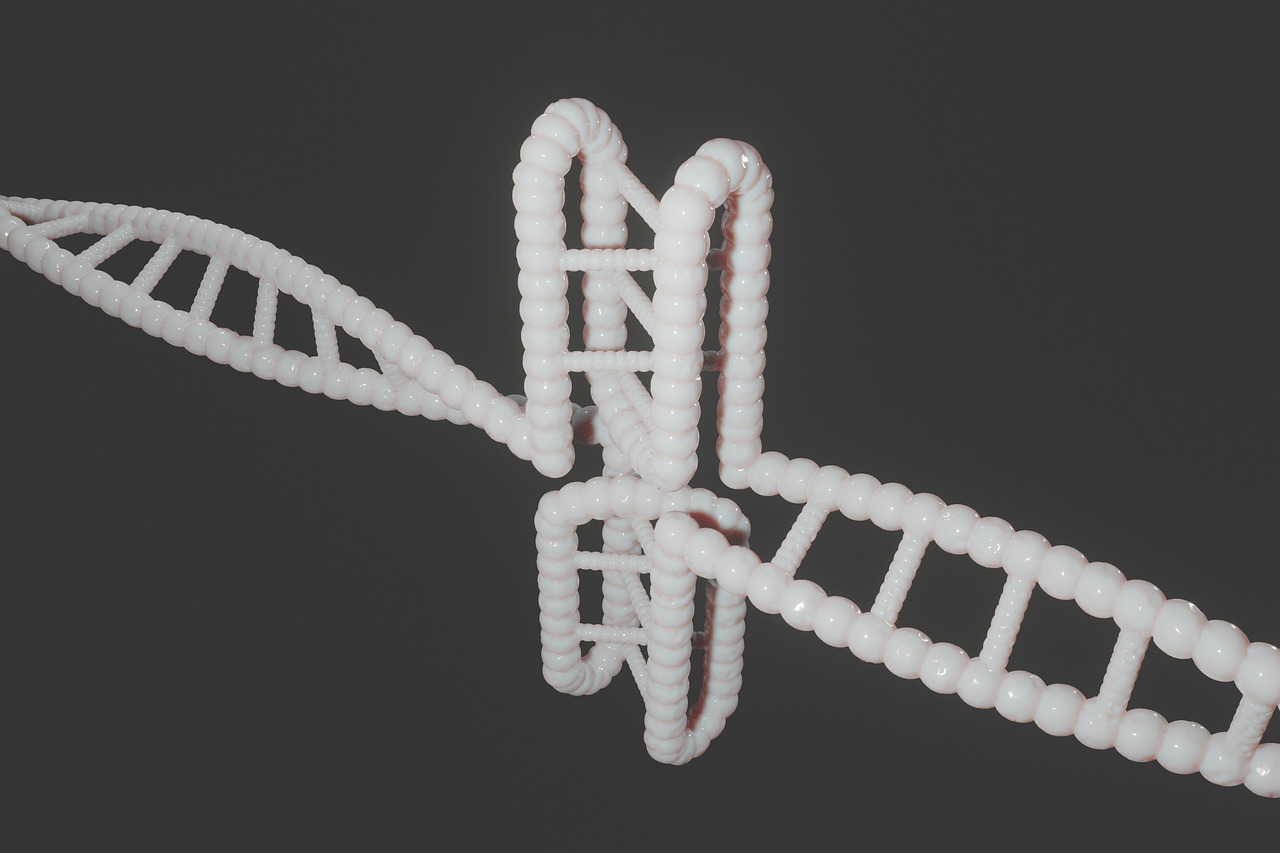
Some Cenozoic plants and Cretaceous dinosaurs that are between 30 and 80 My old show histologically well-preserved cell nuclei that react positively with standard DNA stains and fluorochromes. The positive DNA stainings seen in these fossils raise the question of whether or not the chemicals are binding to endogenous DNA, and whether it is still retrievable and sequenceable.
However, this staining doesn’t necessarily indicate the presence of actual DNA. They’ve even found chemicals consistent with being DNA, though Schweitzer is quick to note that she hasn’t proven they really are DNA. DNA stains can bind to other organic compounds, creating false positives. The chemical signatures that might suggest DNA presence could actually be from degradation products or other organic molecules that share some structural similarities with nucleic acids.
The Jurassic Park Question: Why No Dinosaur Resurrection

The discovery of preserved proteins inevitably raises the question that everyone wants answered: could we bring back dinosaurs? Finally, the new findings raise a tantalizing possibility: If collagen and red blood cells can survive for 75 million years, couldn’t dinosaur DNA – even in fragments – also have survived? “The problem with DNA is that even if you find it, it won’t be intact. It’s possible you could find fragments, but to find more than that?”
The fundamental chemistry of DNA decay makes this scenario impossible. Nevertheless, it is clear that DNA will not survive over geological time scales. Even if fragments of ancient DNA could somehow survive millions of years longer than current science suggests, the amount of genetic information needed to reconstruct a complete organism would require essentially intact genomes – something that the laws of chemistry simply don’t allow for such vast time periods.
Implications Beyond Paleontology
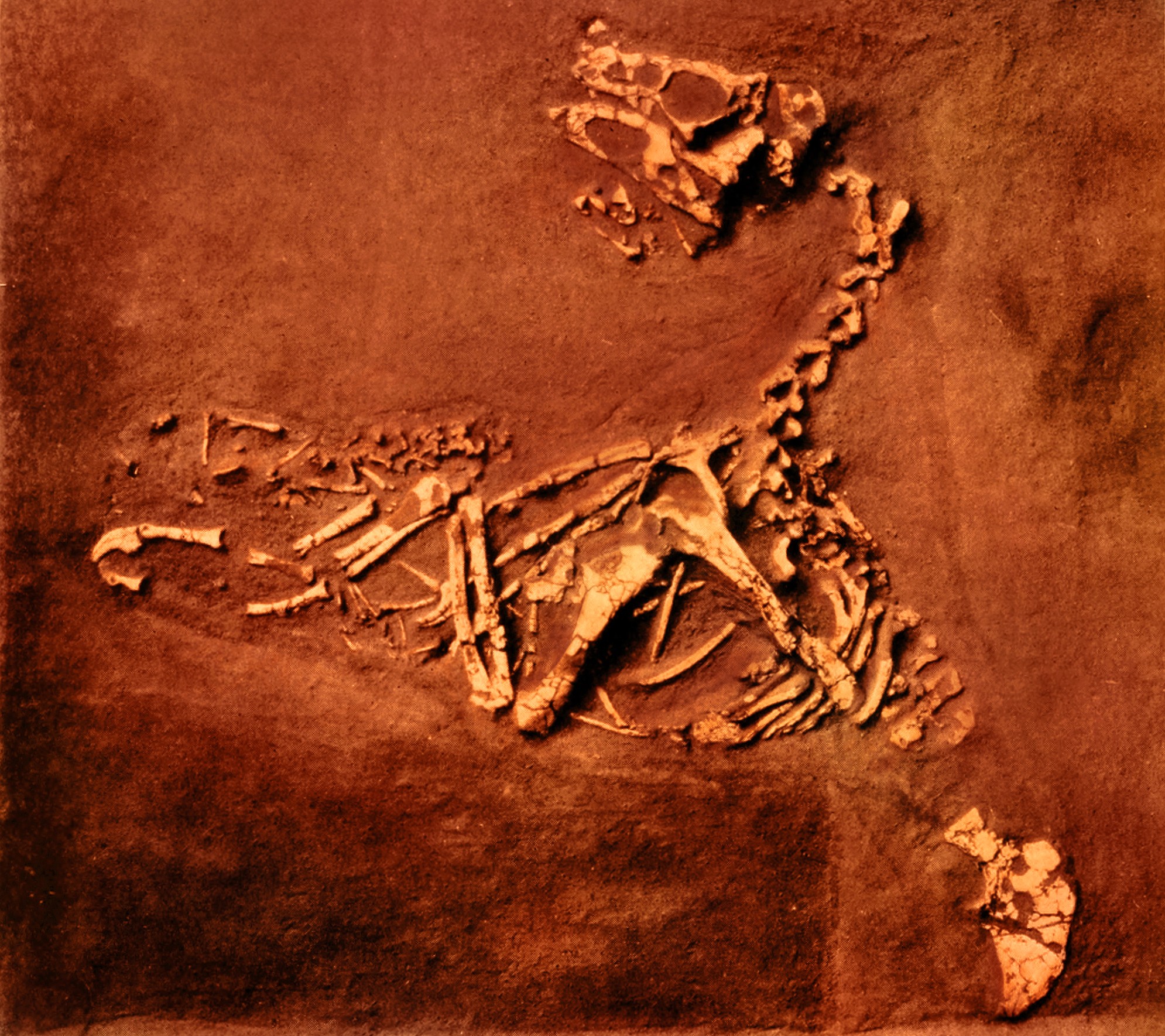
The mechanisms that preserve ancient proteins have implications far beyond bringing dinosaurs back to life. If iron-mediated reactions are part of a continuum from those that facilitate life processes (e.g. cellular respiration, oxygen transport) to fully mineralized, it may be possible to propose a molecular pathway for reactions causing diseases in humans, and once such a pathway is identified, it may be possible to propose ways to interrupt this process.
New techniques used to analyze soft tissue in dinosaur fossils may hold the key to new cancer discoveries. Researchers have analyzed dinosaur fossils using advanced paleoproteomic techniques, a method that holds promise for uncovering molecular data from ancient specimens. Understanding how proteins survive and change over geological time could provide insights into protein stability, disease processes, and even the development of new preservation techniques for medical and research applications.
A New Chapter in Paleontology

The field of molecular paleontology represents a fundamental shift in how we study ancient life. The researchers also analyzed other fossils for the presence of soft tissue, and found it was present in about half of their samples going back to the Jurassic Period, which lasted from 199.6 million to 145.5 million years ago, Schweitzer said. This suggests that what was once considered impossible might actually be relatively common.
“The problem is, for 300 years, we thought, ‘Well, the organics are all gone, so why should we look for something that’s not going to be there?’ and nobody looks,” she said. Now that scientists know what to look for and how to find it, the potential for new discoveries seems limitless. Museums around the world house countless dinosaur specimens that could potentially yield preserved proteins, opening entirely new avenues for understanding ancient life.
Conclusion
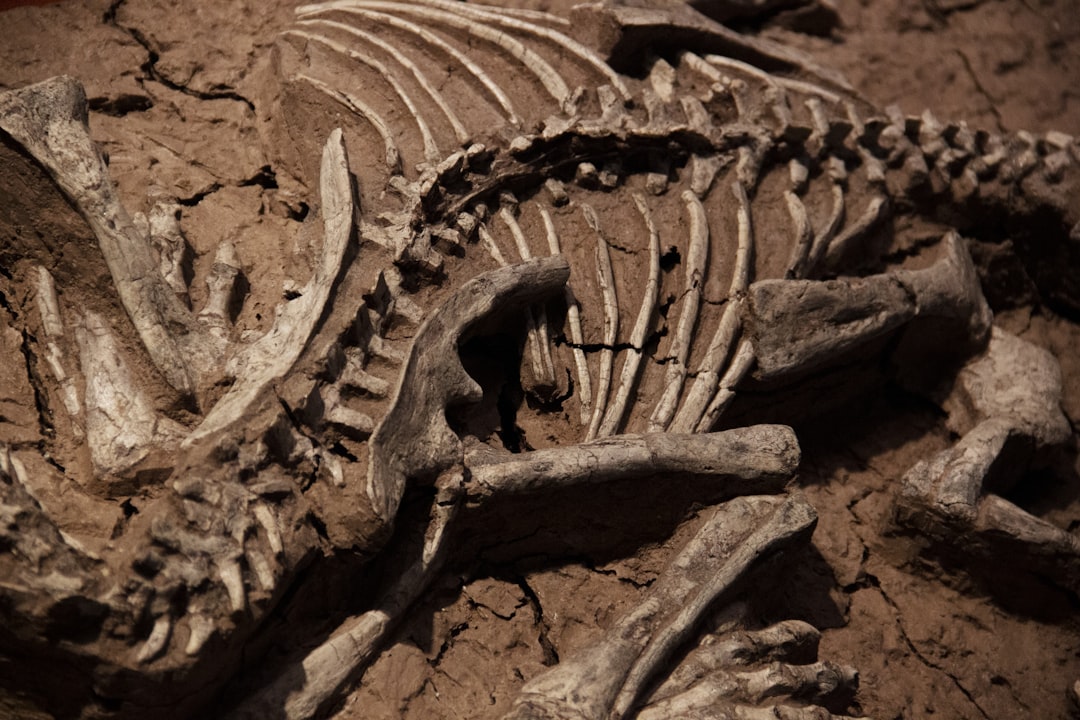
The discovery of soft tissues in dinosaur fossils has revolutionized our understanding of what can survive deep time, but it hasn’t brought us any closer to a real-life Jurassic Park. While proteins can indeed persist for millions of years under the right conditions, DNA simply cannot. The iron-mediated preservation that keeps collagen intact for tens of millions of years is powerless against the fundamental chemical instability of nucleic acids.
These findings remind us that science is full of surprises, but it’s also governed by unchanging laws of chemistry and physics. The soft tissues in dinosaur bones represent an incredible window into ancient life, offering new ways to study evolution, physiology, and the relationships between extinct and living species. But they also demonstrate the clear limits of what preservation can achieve – and why some scientific dreams must remain forever in the realm of fiction.
What would you have expected to survive 68 million years in a fossilized bone?

